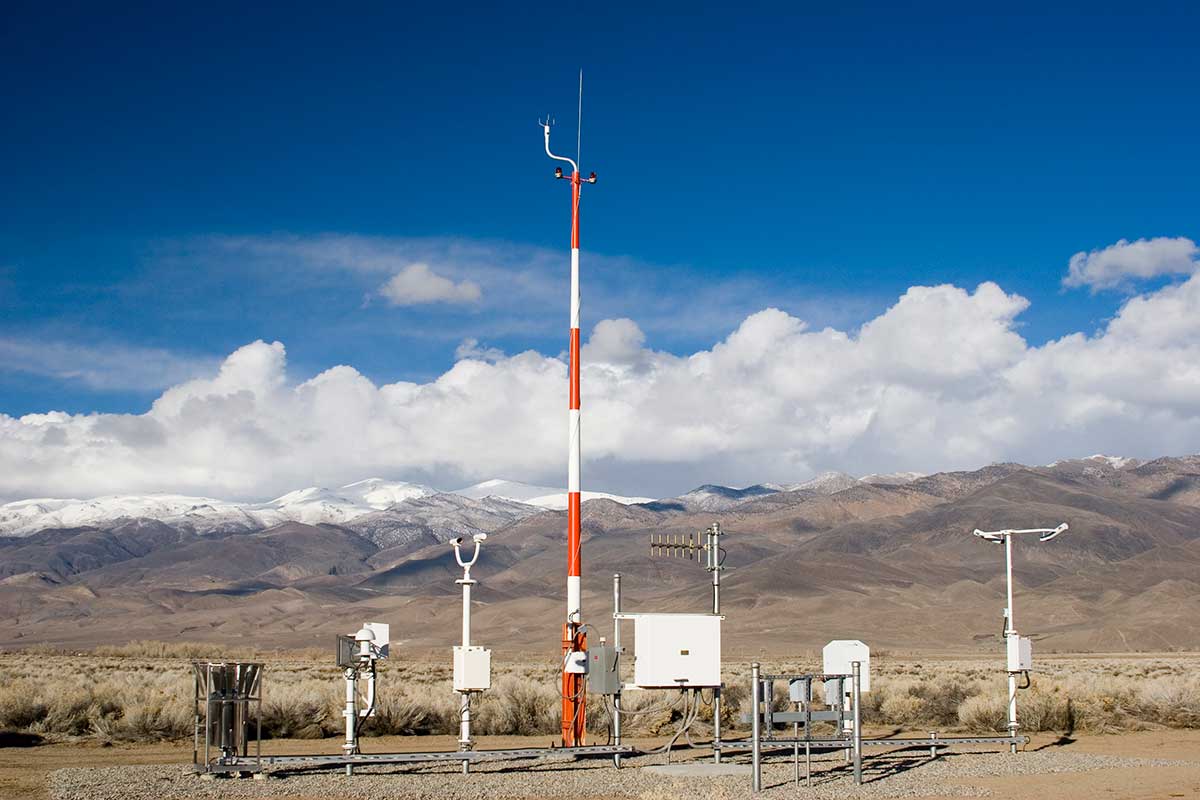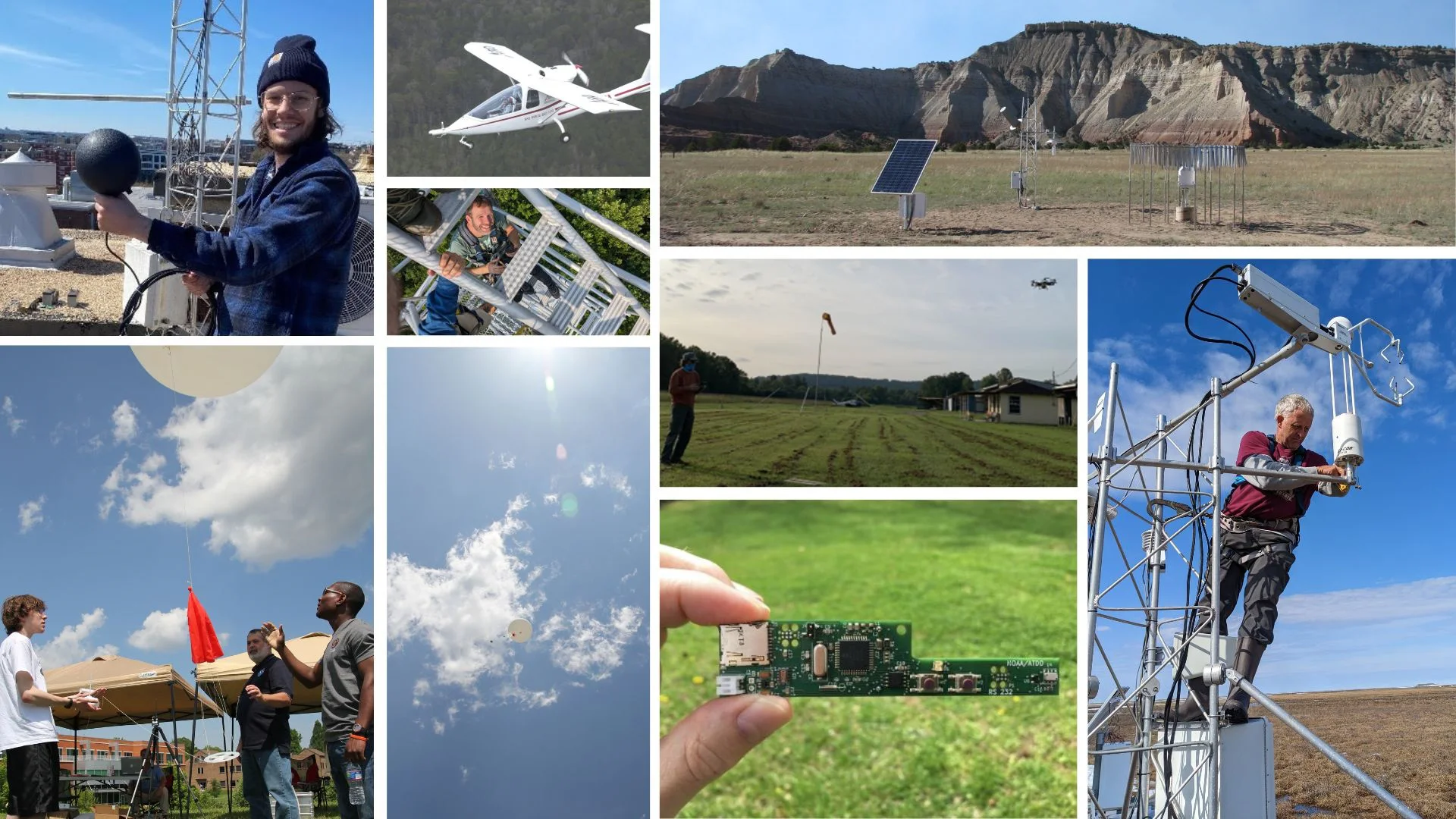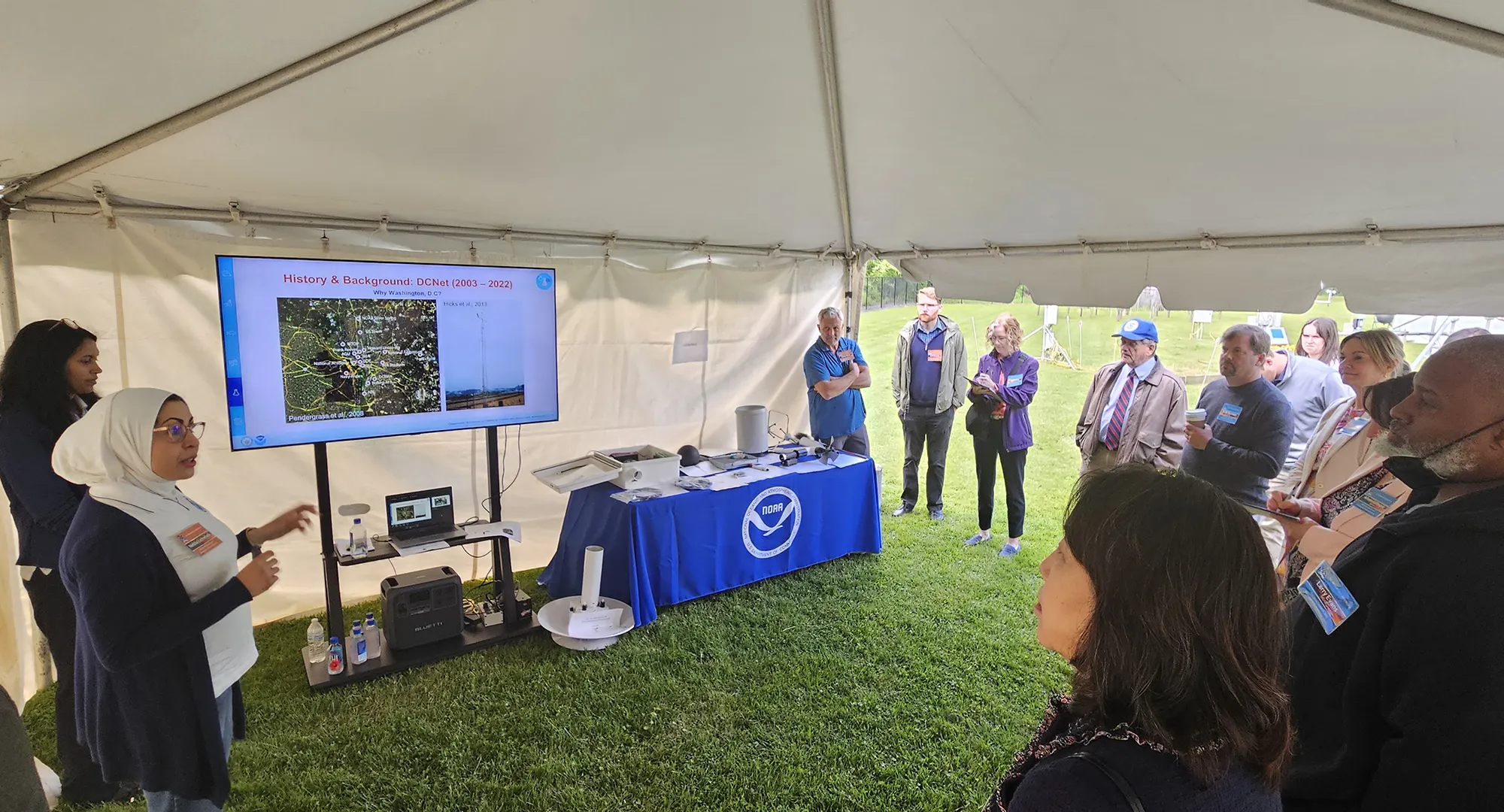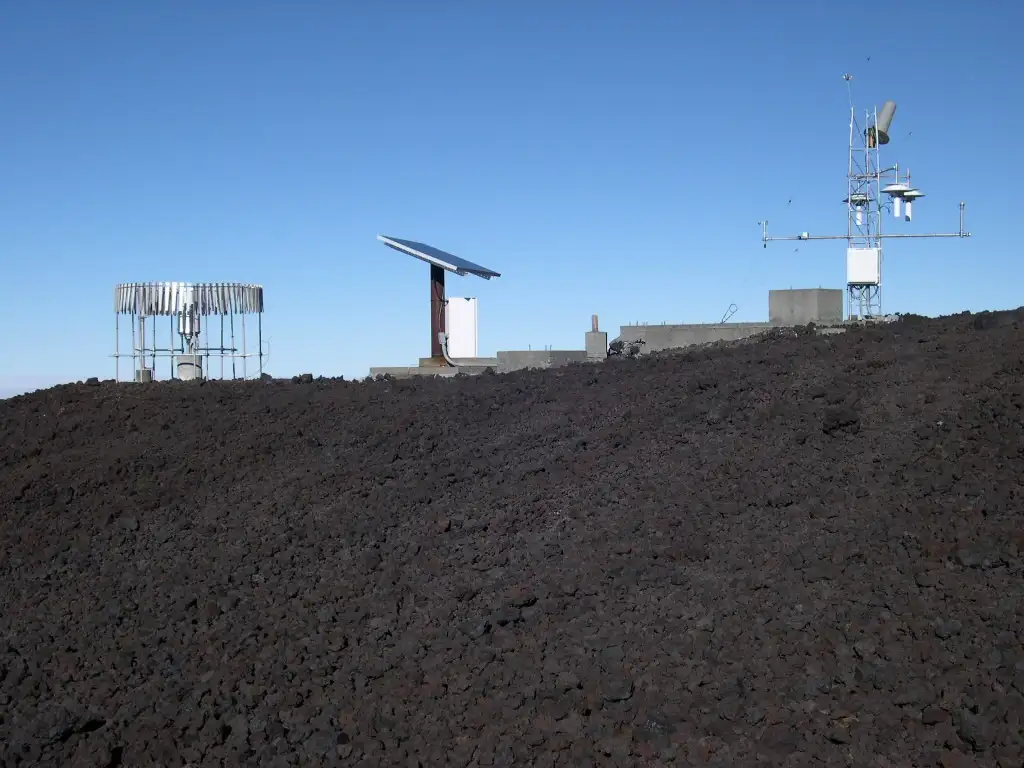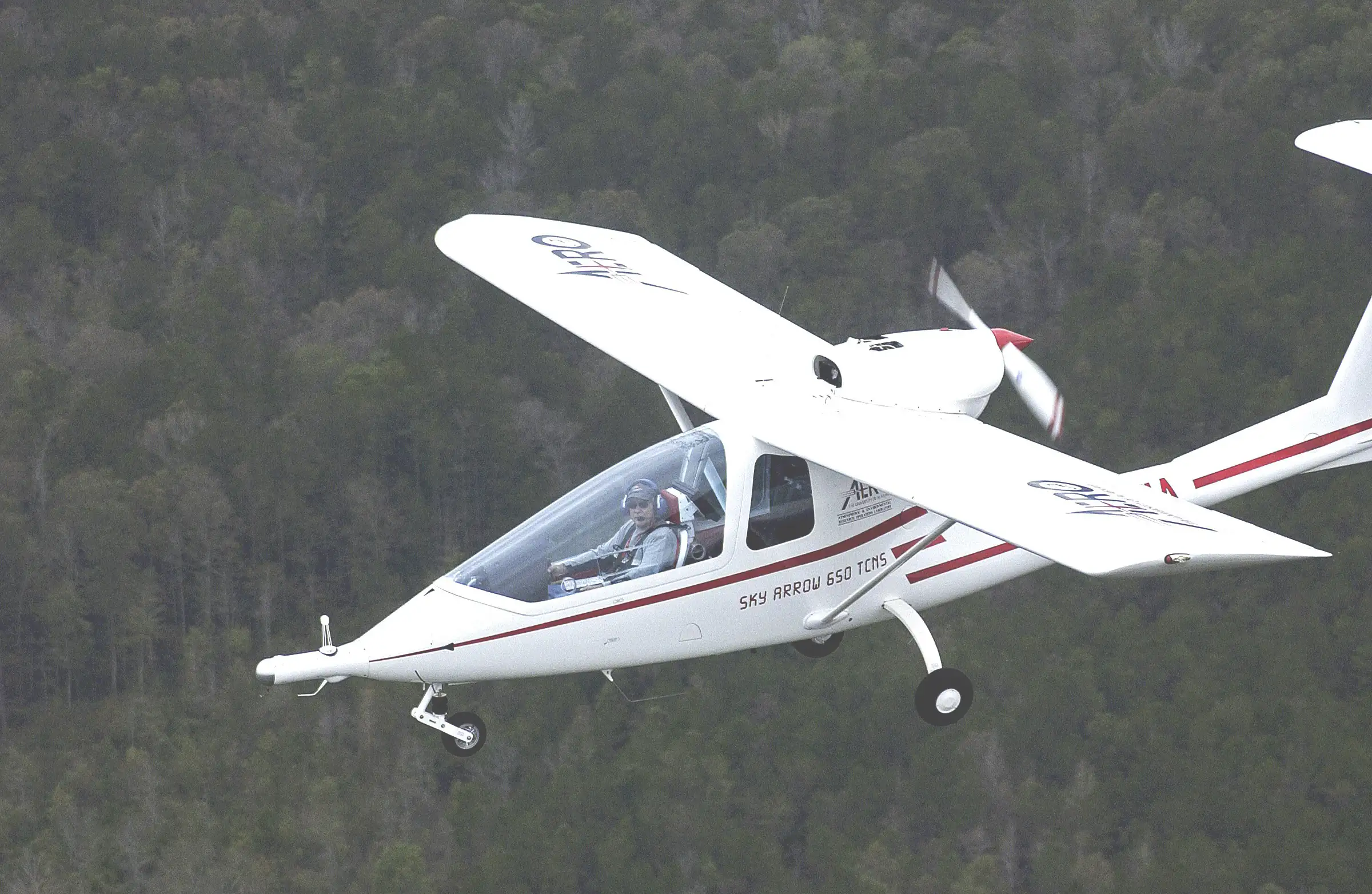Air Quality, Weather, & Climate Research
ORAU works in partnership with NOAA's Atmospheric Turbulence & Diffusion Division (ATDD) to perform advanced weather and climate research. This may involve activities such as flying drones to better understand patterns of unpredictable weather or engineering and maintaining the U.S. Climate Reference Network.
As a part of NOAA’s Air Resources Laboratory, ORAU’s atmospheric scientists at ATDD provide engineering expertise on the development and deployment of instrumentation and data analysis for short intensive campaigns to multi-decade, nationwide climate monitoring stations and systems. These innovative systems offer insight into the implications of climate change and air quality on a nationwide scale.
If you’ve ever questioned why tornadoes are disproportionately deadly in the Southeast, how pollutants affect local air quality, or how to continually improve monitoring and prediction of climate, then you’re asking the questions ATDD experts are actively seeking answers to in their research.
